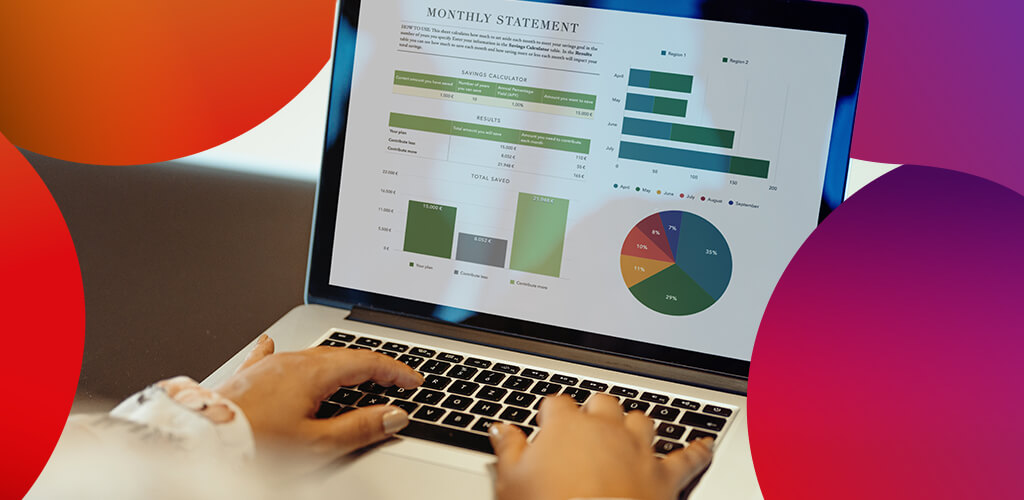The qualified small business stock (QSBS) tax benefit can be an attractive option for those looking to invest in small businesses. This federal tax incentive allows individuals who support in QSBS to exclude up to 100% of their gain from taxation when it is held for more than five years. Investing through QSBS can be an excellent opportunity for investors to maximize their tax savings. In this article, we’ll explore the QSBS tax benefit and how it works. We’ll also discuss the requirements to qualify for this benefit and how you can calculate and maximize your tax savings with this incentive.
What Is the Qualified Small Business Stock Tax Benefit?
The Qualified Small Business Stock (QSBS) tax benefit is an attractive option for investors investing in small businesses. This federal tax incentive allows individuals supporting QSBS to exclude up to 100% of their gain from taxation when it is held for more than five years. This article will explore the requirements, rules, and guidelines necessary to qualify and maximize your tax savings with this incentive.
To qualify for the full QSBS tax benefit, investors must acquire the stock at its original issue date and hold it for more than five years. C Corporations and certain other entities can issue the QSBS with fewer than $50 million in gross assets. Additionally, the QSBS tax benefit only applies to capital gains; ordinary income does not qualify under this incentive.
Investors must understand the QSBS tax benefits before investing to maximize their potential savings. With the proper knowledge and understanding of this incentive, you can use it as a powerful tool for increasing the profitability of your investments while avoiding excessive taxation costs.
In conclusion, by investing wisely through qualified small business stock (QSBS), you can take advantage of a significant federal tax incentive and reduce your taxes substantially when you hold your investment for more than five years. Calculating and utilizing this incentive properly will help maximize your potential returns while minimizing your taxation costs.
What Are the Requirements to Qualify for the QSBS Tax Benefit?
Several criteria must be met to take advantage of the Qualified Small Business Stock (QSBS) tax benefit. Firstly, investors must purchase stock on its original issue date and maintain it for at least five years. This incentive is only available to C Corporations or other entities with less than $50 million in assets and exclusively applies to capital gains. Secondly, the investor’s income must not exceed certain limitations based on their filing status; single taxpayers cannot make more than $150,000, while married filers’ adjusted gross incomes cannot exceed $300,000.
If investors want to qualify for this benefit, the stock must also be new share issuance and not acquired through mergers or acquisitions. If the stock were obtained through one of these methods rather than by direct purchase from the company issuing them, then investors would miss out on this incentive as they would not have bought the stock at its original date of issuance.
Finally, potential beneficiaries should calculate how much money they can save by utilizing this tax break by considering all relevant variables, such as basis adjustment rules and holding period requirements. This calculation will ensure that they maximize their returns while reducing their taxation costs as much as possible.
Understanding the Basis Adjustment Rules
The basis adjustment rules associated with the QSBS tax benefit are essential for investors to consider when investing in qualified small business stock. The basis adjustment rules refer to the changes made to a taxpayer’s original cost of purchasing the stock (known as “basis”), which can significantly affect their ultimate tax savings.
When an investor purchases and holds QSBS, they may be eligible for a reduced adjusted basis upon stock sale. This is necessary because certain types of investments, such as those made through mergers or acquisitions, may not qualify for full exclusion from taxation under the QSBS rules. To make up for this difference, investors can reduce their adjusted basis by specific amounts to maximize their potential tax savings.
The investments eligible for basis adjustment include stocks acquired from an S corporation or C corporation, qualified small business partnerships, and other investments that meet specific criteria outlined by the IRS. It is essential that investors correctly compute their adjusted basis to take full advantage of this provision. Overstating or understating your adjusted basis can result in penalties and reduced tax savings.
By correctly applying these rules, investors can maximize their potential returns while minimizing taxation costs associated with gains from qualified small business stock held longer than five years. Ultimately, this incentive provides investors with increased opportunities for growth and improved returns on investment over time.
Calculating Your Maximum Tax Benefits
Maximizing the tax benefits of investing in qualified small business stock (QSBS) requires understanding gain exclusion rules, alternative minimum tax (AMT) calculations, and any other deductions or credits available. Taxpayers can exclude up to 100% of their capital gains from taxation if they hold QSBS for more than five years; however, this exclusion may be decreased or eliminated based on income level and filing status. The AMT is another federal income tax that applies after deductions and credits are considered. To calculate total savings with the QSBS incentive, investors should subtract taxes owed before from those owed afterward.
In addition to the two taxes mentioned above, investors should consider deductions associated with charitable donations or business operations such as travel expenses and office supplies. A qualified professional can help evaluate all available variables to ensure you receive maximum returns while minimizing your overall taxation costs when investing in QSBS. By considering all factors when calculating potential savings, you can maximize your return on investment while reducing your taxes paid.
Maximizing Your Tax Savings with the QSBS Tax Benefit
For investors looking to maximize their tax savings, the QSBS tax benefit is an excellent way to do so. However, it’s essential to understand the regulations associated with this incentive and utilize proper timing when selling stock. By understanding these rules and keeping accurate records of all sales or purchases, investors can take full advantage of this federal incentive while minimizing taxation costs. With careful planning and a qualified tax professional on hand, if needed, investors can rest assured they are maximizing their potential returns through the QSBS program while reducing their overall taxation costs.
Conclusion
In conclusion, the QSBS tax benefit is a valuable incentive for investors looking to maximize their returns and reduce their taxation costs. To take full advantage of this benefit, investors must understand the associated rules and regulations, such as the basis adjustment rules and holding period requirements. Additionally, investors should consult a qualified professional to ensure they get the most out of their investments. With proper planning and understanding of the benefits provided by this incentive, investors can significantly reduce their overall taxes and maximize their potential returns.
- Adam Jaqueshttps://astrella.com/blogs/author/thoughtsource/
- Adam Jaqueshttps://astrella.com/blogs/author/thoughtsource/
- Adam Jaqueshttps://astrella.com/blogs/author/thoughtsource/
- Adam Jaqueshttps://astrella.com/blogs/author/thoughtsource/




